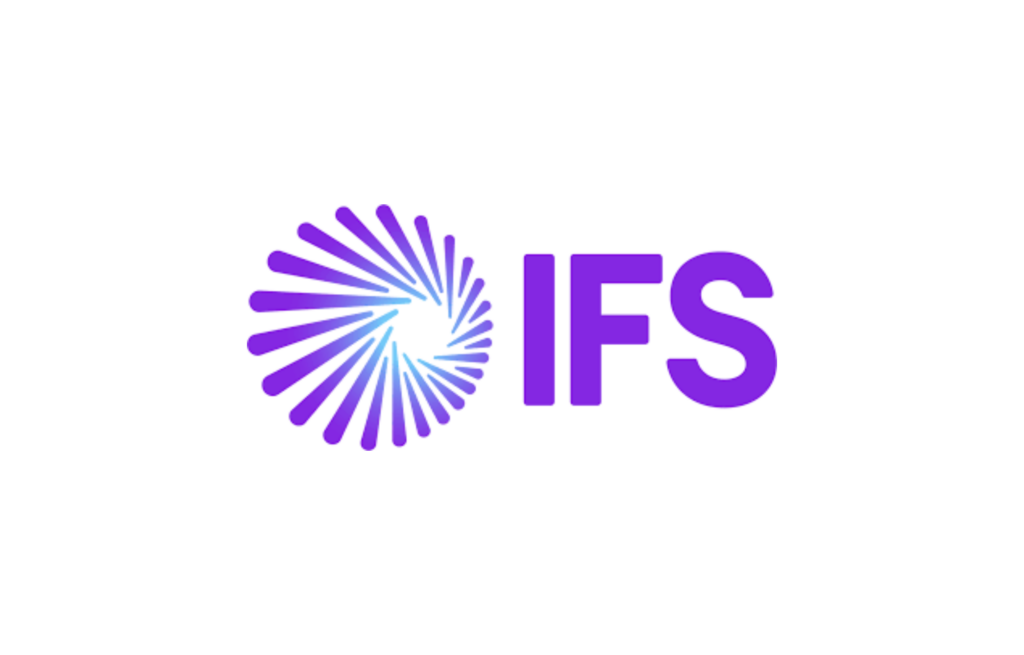What do AI and leadership have in common? Currently, a lot. Now the technology has entered virtually every sector of work (as some tech leaders predicted), no one could’ve depicted exactly how impactful AI would become in the span of just a few months. In the meantime, resilient leadership will continue to play an ever-so-important role as technology advances.
What marathon runners, leaders and AI know about overcoming hurdles
As human experiences often show, outside-of-work passions can significantly boost one’s drive and key skills in their daily job, inspiring them to innovate more, be more creative and strive to excel, Cathie Hall, IFS chief customer officer, has found.
Citing her experience of mentoring young people by volunteering as an explorer scout leader and trustee and competing in ultra-marathons, all experiences that enrich and inspire us could be quietly contributing to invaluable skills that most lines of work can benefit from. While admitting that ultra marathons are far from everyone’s cup of tea, challenges like these spark resilience and teach some universal skills, like overcoming the fear of failure, resilience, humility and teamwork.
“You learn to take a big problem like ‘how am I going to run 100 miles?’ and break it down because nobody can run 100 miles, right? But actually, you can run a mile 100 times. So how do you break things down? How do you plan and stick to the plan and achieve those milestones and celebrate them as you go along?” Hall tells ERP Today.
Or equally, developing a strategy to predict your reaction to unexpected events like running out of water, spraining an ankle or getting lost. It’s about “what’s your mental strategy and your mental rehearsal, right? And all those things have a direct applicability to work,” she says.
These fortified leadership skills can help with service delivery and working with customers, especially with big transformation projects where teams are unsure where to start. “They need that guidance. When things have gone a bit wrong, they’re feeling under pressure. So I think it’s also important being able to use those skills, having a slightly different perspective on it helping coach customers on how to break it down, what to focus on, how to get across the hurdles, how to solve some of the individual challenges so that we can get to delivering value.”
Equally, with more enterprises finding themselves in the middle of the AI push, CEOs and CIOs among other company leaders are more often than ever approaching tech companies with the question “What’s our AI strategy going to be?”
However, it doesn’t mean those customers are falling behind the curve, as most are already using AI to optimize their production schedules. “And a lot of our manufacturers are already using IoT to do the asset performance management so we’re able to blend those two things for a higher level of productivity, being able to predict to a much more accurate level where something might be trending or what action a human might need to take,” Hall explains.
A combined-strength strategy
Many companies are already using copilots and have established what they are able to do using AI in combination with different technologies, including rule-based automation, IoT, machine learning and generative AI anomaly detection and optimization.
By “combining all those services, companies see those second, third generation use cases coming through […] and taking value to the next level,” Hall highlights while adding that one of the advantages of IFS’ services is that “this technology is embedded and customers are adopting it as they go anyway”.
In a similar fashion, Oracle is adhering to the idea of AI embedded within applications and the flow of work, which means that it’s not required for workers to interact with an additional service on the side.
“It’s just doing their job more effectively in the applications. For example, if you are a recruiter, you don’t have to write a job description from scratch, you can have the system suggest a text based on existing knowledge about that type of role, based on other positions that have been posted in the past, etc. And using the very human-sounding language of LLMs,” Miranda Nash group VP of applications development and strategy at Oracle, tells us.
Separating the use of embedded enterprise AI solutions and copilots from the common experience of individuals using ChatGPT for personal help, she points out how unlike the Open AI tool, in an enterprise setting, customers lean on all the existing data in their HR system or ERP system, which becomes context to the large language model to deliver a good result.
In this case, retrieval augmented generation (RAG), a technique for enhancing the accuracy and reliability of GenAI models with facts extracted from external sources, is a step that helps models clear up ambiguity in a user query. Here, it comes as just another level of context, offering more data, that becomes “the source of truth” to ensure that the AI answer is grounded in that reality.
“As the vendor, we only deliver prompt engineering. So we write the prompts in embedded AI, which is very powerful because prompt manipulation is the number one way to get models to hallucinate”, she says. “So we avoid that basically and evaluate and measure what’s happening behind the scenes. These are all the factors that make AI work in an enterprise at a scale that you don’t really think about when you’re using ChatGPT as an individual.”
In a classic AI example, the way that a non-PO invoice is matched to the right account code in cloud ERP is facilitated by training models based on historical data.
“And we test how likely statistically that answer is to be correct,” Nash explains. “We don’t even present the answer to the user unless it crosses the threshold of confidence, so in practice, customers are getting 98 percent accuracy, 90 percent coverage. That’s how we measure it and know if it works.”
So with modern technology enabling more streamlined business functions and better leadership in organizations by allowing leaders to gain more insight quickly, AI can be seen contributing to better leadership, readying companies for the future of work.
Who’s to say that AI isn’t here to stay and its limitless potential won’t become just as key as organizations’ robust and future-centric leadership?





